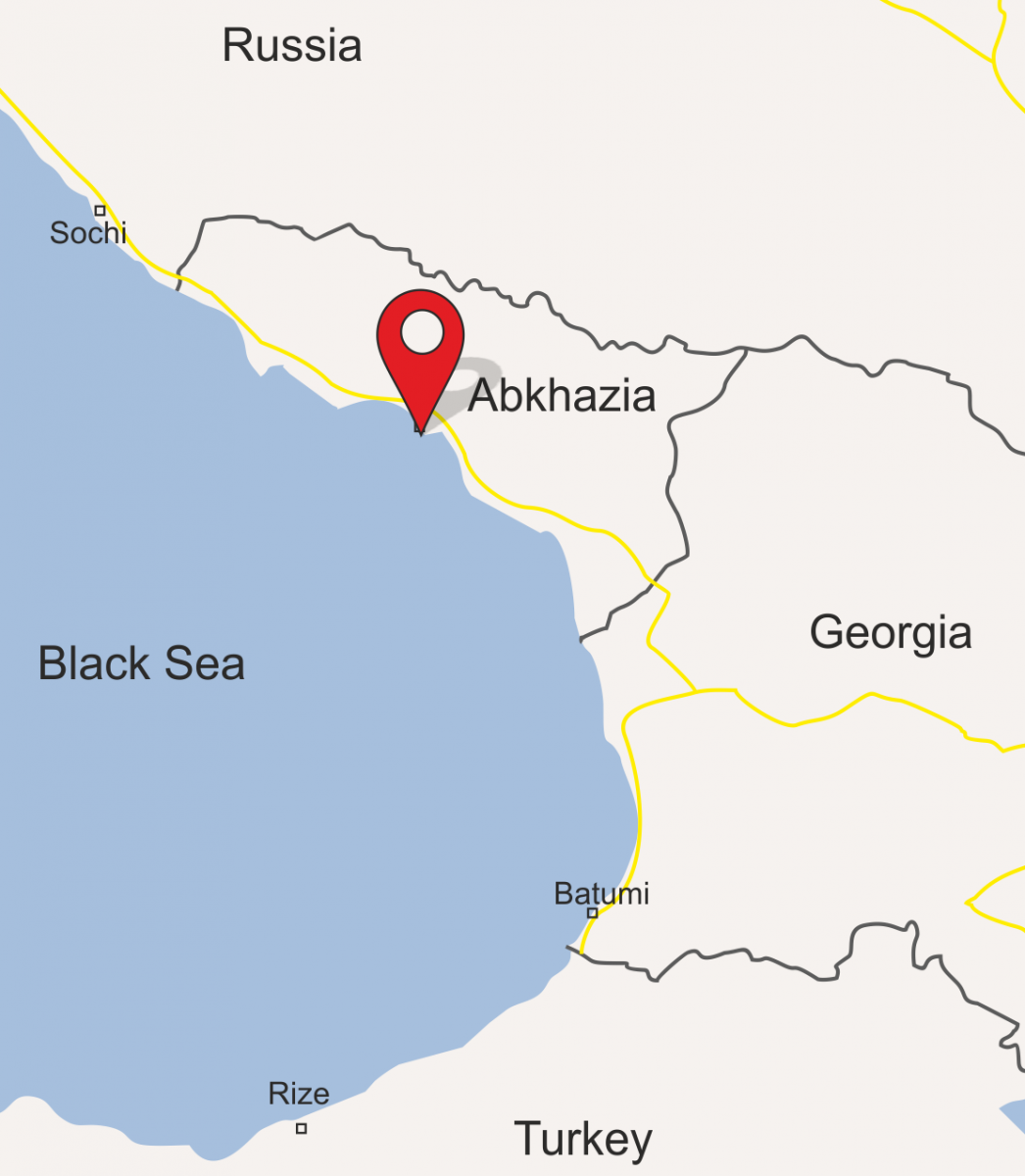News
Lithium-ion batteries dominate the tech world. You probably have at least one within reach right this moment, considering that lithium-ion batteries now power a whopping 70 percent of all rechargeable devices, from your smartphone to electric vehicles, and even power utility-scale energy storage. And while the tech industry is eager to diversify battery design to relieve its dependency on this “white gold”, lithium continues to dominate the sector – and will likely remain essential for a long time to come. While lithium…
For years, heat pumps were seen as the fragile heroes of mild climates, efficient in theory but unreliable when the mercury dropped. That narrative has now collapsed under the weight of experience. From the frozen lakes of Finland to the prairies of Canada, heat pumps are thriving where they were once thought impossible. The data from the multiple past winters tells the story clearly. Even in subzero temperatures, installations are growing faster than almost any other clean heating technology. This shift is more than a technical achievement; it…
On a recent flight from Los Angeles to Phoenix, I glanced out the window as the aircraft slowly descended over the open desert west of the city. The landscape shifted abruptly from endless scrubland to an expanse of mirrored rectangles stretching to the horizon. I took several pictures, and my phone’s GPS later confirmed what I was seeing: the Mesquite Solar Complex in Arlington, Arizona—one of the largest photovoltaic installations in the United States. From above, the site resembles an enormous geometric tapestry. On the ground, it…
China’s LNG demand is disappointing in 2025 for a second year in a row, just as new U.S. export projects ramp up and Qatar is nearing start-up of the first new facilities in its huge capacity expansion. The wave of new LNG supply that will come online by the end of the decade, mostly from the top exporters, the United States and Qatar, has prompted many analysts to expect an oversupplied LNG market by 2030 that would weigh on prices. Lower prices could incentivize additional demand from price-sensitive buyers in south and Southeast Asia,…
Oil tanker rates are set to stay elevated in early 2026 as crude supply is rising while the number of available vessels is shrinking due to the U.S. sanctions on Russia, Venezuela, and Iran, officials and analysts in the shipping industry tell Reuters. The daily rates for chartering a vessel to transport commodities have surged this year, with oil tanker rates skyrocketing by 467%, as shippers of a growing commodity supply are grappling with a series of route disruptions and sanctions. Despite the typically weaker commodity…

